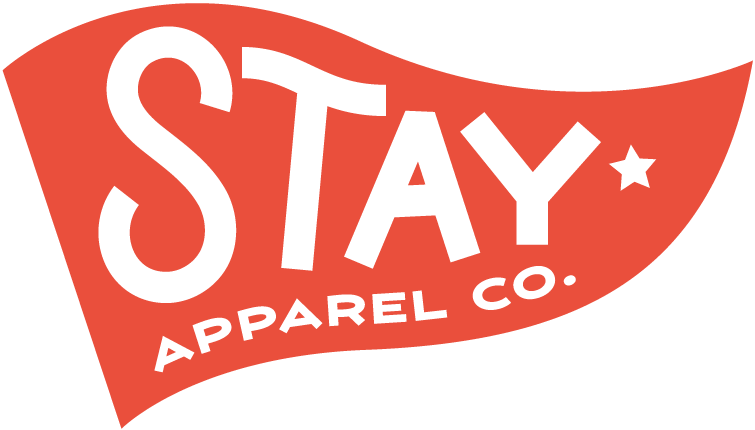I'm so over Under Armour and its cynical appeals to American patriotism
These patriotic garments are made in Malaysia, left, and El Salvador.
After four-plus years of running Stay Apparel Co. and bringing our wares to scores of pop-up events, I have a pretty good feel for who our customers are.
But I’m probably an even better judge of who is least likely to buy from us: They’re the people typically sporting the logos of mass-market retailers such as Nike and Adidas.
The truest bellwether of non-Stay patrons, however, is Baltimore-based Under Armour. It’s also the most frustrating because of its concertedly cynical appeal to American patriotism and American consumers’ willingness to buy into Under Armour’s misleading message.
Being true to Made in USA
There was a time when I was a fan of Under Armour, wearing its fleece pullovers and lightweight running pants.
But I saw the error of my ways as I focused on Stay and set about building a brand that only sells Made in the USA products. I had to be true to that ethos and more than ever vowed to look for American-made options when I was shopping for products in my personal life.
Instead of Under Armour, I favor Boathouse, which makes its athletic clothing in Philadelphia.
Under Armour is hardly alone when it comes to importing; only 3 percent of apparel sold in the United States is made here.
But as much as if not more than any company I have seen, Under Armour shamelessly wraps itself in the Stars and Stripes and slaps it on tees and hats that aren’t made here. Here’s a sampling of what I saw on a recent trip to the Under Armour store in Hershey:
“Freedom USA United States of America” read one tee, red and blue lettering against a white tee: Made in Vietnam.
A gray hooded sweatshirt with the UA logo in camouflage on front and an American flag on the left sleeve: Made in Malaysia.
I saw shorts made in Indonesia and a water bottle made in China. I didn’t see a single Made in the USA label.
An Under Armour polo salutes the American flag, but the garment is manufactured in Vietnam.
But I had read a 2017 article about Under Armour’s “innovation center” in Baltimore and its plans to start making American-made products, some 20 years after the company began. Typing “made in USA” into Under Armour’s website yielded no results, so I started a chat session with a customer-service representative.
Of course, I first had to negotiate my way past a chat bot.
“Can you direct me to your Made in USA products?” I asked.
Chat bot responded, “Here are some articles I found that might help.”
They didn’t, unless I wanted to know the answer to, “Are the gaiters only made for winter sports?”
“Do you make any products in the USA?,” I asked.
‘Made all over the world’
“Sorry,” chat bot said, “I didn’t understand that. Let me see if a team member is available to help.”
Jeffrey D. joined the chat, six minutes after it had begun.
“Does Under Armour make any products in the USA? If so, can you direct me to them?” I said.
“Sure I can check on that one for you,” Jeffrey wrote. “Please stay on the line.”
Several minutes passed before he returned. I imagined Jeffrey opening files, preparing to send me links to some of the innovative products coming out of Baltimore.
“Our gear is made all over the world so it is possible that one style could have multiple places of origin. You can find the location of origin on the garment tag (side seam or neck),” Jeffrey explained.
Having worn clothing all of my life, I am familiar with place-of-origin tags. I was hoping for something simpler than having to go to an Under Armour brick-and-mortar store. What if I couldn’t; surely there was a way to find out online.
This was 13 minutes into the chat.
The Under Armour logo gets a Stars and Stripes treatment, courtesy of workers in Vietnam.
“Do you make any products in the USA?,” I asked, lest I had been unclear about the purpose of my inquiry. “Or you don't know?”
Jeffrey replied.
“Our gear is made all over the world so it is possible that one style could have multiple places of origin. You can find the location of origin on the garment tag (side seam or neck).”
Again with the garment tag.
“Yes, you shared that, but it doesn't indicate whether ‘all over the world’ includes the United States,” I noted.
“There are some products that are made in the US but I could not tell you which one since our items were made all over the world.”
I figured 17 minutes was enough time wasted on this mission. I was disappointed but completely unsurprised with the response.
“Are you in the United States?” I asked Jeffrey.
“No,” he said, “I am from the Philippines, one of the global headquarters of Under Armour.”



